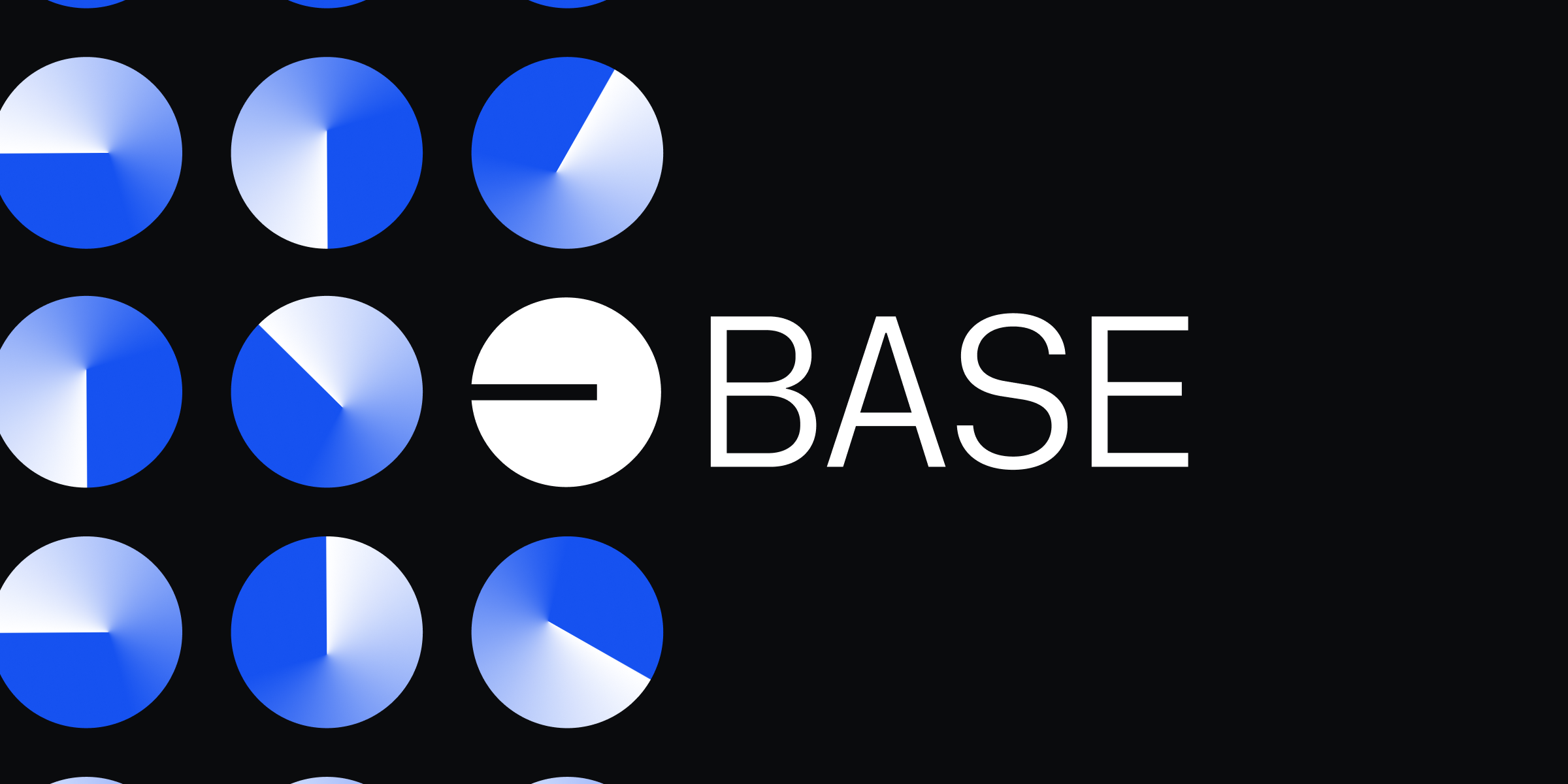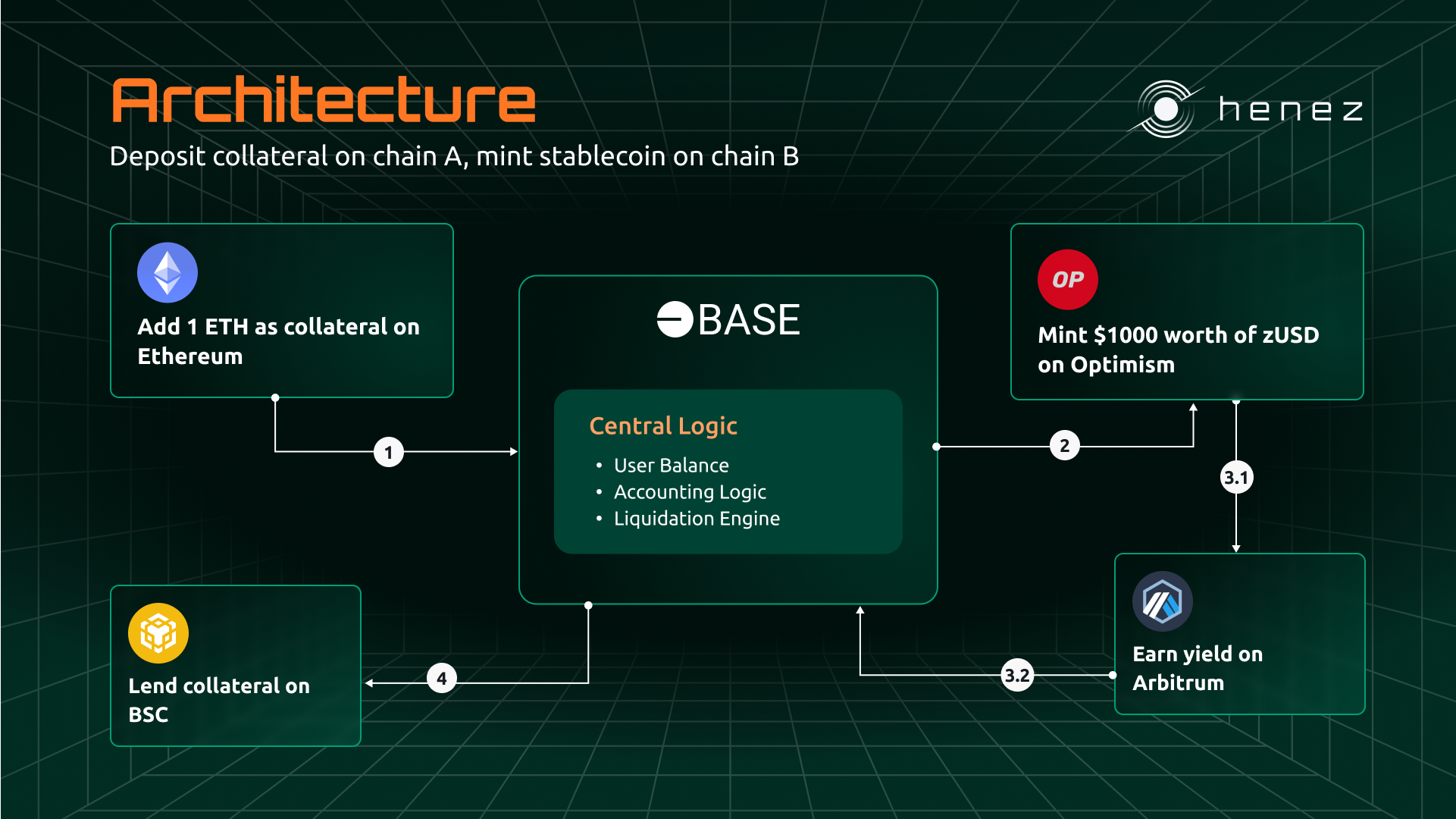What is Layer 2 and Why is Base Important?
In the past ten years, the Web3 ecosystem has expanded significantly due to decentralized finance (DeFi), non-fungible tokens (NFTs), and decentralized autonomous organizations (DAOs). This growth has spurred increased developer engagement, user interactions, and more.
Nevertheless, Ethereum, the primary blockchain network for smart contracts and the backbone for most decentralized applications (dApps) confronts scalability challenges. Despite ongoing enhancements, such as the Merge, Ethereum often experiences congestion due to high user activity, resulting in sluggish transaction speeds and elevated fees.
These scalability constraints directly hinder the network's expansion and acceptance. Enhancements in scalability would translate to quicker transactions, reduced fees, and an enhanced user experience – all pivotal for widespread adoption. This is where Ethereum scaling solutions like Coinbase's layer-2 blockchain Base play a crucial role.
What is Coinbase L2 Base?
Developed by the crypto exchange Coinbase, Base is an Ethereum Layer-2 (L2) blockchain designed to enhance the accessibility of Ethereum while maintaining the security of the main chain.
In essence, Layer 2 blockchains are scaling solutions that help manage the transaction volume for their parent blockchains. Like all L2s, Base facilitates quicker transaction processing and notably boasts transaction fees that are ten times lower than Ethereum, based on a 90-day average.
Base is an Ethereum Layer 2 (L2) chain that offers a safe, low-cost, developer-friendly way to build on-chain.
Base positions itself as "developer-friendly" and is fully compatible with the Ethereum Virtual Machine (EVM). This EVM compatibility allows developers to deploy their applications on Base without major code or tool adjustments. Additionally, users can easily transfer assets among Ethereum, Coinbase, other EVM-compatible chains, and the Base network.

The technology behind Base
Base is an optimistic rollup that leverages the OP Stack. Rollups handle transactions off-chain in batches to decrease transaction costs and network strain. With the OP Stack, transactions are grouped together to reduce expenses. This batching process occurs on the Base mainnet but is confirmed on the Ethereum mainnet, ensuring the security of the Ethereum blockchain for Base. Moreover, Base offers complete compatibility with the Ethereum Virtual Machine (EVM), allowing developers to deploy Ethereum dApps on Base with minimal adjustments.
Like other optimistic rollups, Base initially assumes transaction validity, eliminating the need for extensive computations. However, the system conducts a fraud-proof check on suspicious transactions to maintain cost efficiency.
So, why do we choose Base ?
In a hub-and-spoke configuration, there exists a central chain functioning as the primary hub for managing accounting and smart contract logic. Spoke deployments transmit accounting messages to the hub whenever there are movements of tokens. The hub serves as the central repository of accurate information, and the state stored on the spokes is designed to reflect the true state stored on the hub.
Base serves as our central hub chain, with our spoke deployments operational on Ethereum, Optimism, Arbitrum, and Base itself for our testnet deployment, with intentions to extend to additional networks for our mainnet launch.
The spoke architecture enables users to deposit and withdraw native assets across supported ecosystems without relying on token bridges. This setup culminates in what we've termed the Omnichain Liquidity Layer—a unified application and interface facilitating users' interaction with multiple networks seamlessly.

But why do we choose to build on Base?
High Scalability
Thanks to its Optimistic rollup functionality, Base helps solve Ethereum’s scaling issues by moving the bulk of the transaction process off-chain. This allows Base to handle the kinds of everyday transactions its parent chain wasn’t built for. Therefore, scale transaction throughput from 10x to 100x what is capable on Ethereum mainnet. Whereas Ethereum mainnet is only able to process ~15 TPS, with improvements to compression techniques, OP Stack chains such as Base would ideally be able to process up to 2000 TPS.
Users can experience lightning-fast transactions while still having exceptionally low fees
Similar to other Layer 2 (L2) networks, Base empowers users to conduct Ethereum transactions at significantly reduced costs. Each Base transaction entails two expenses: a fee for executing the transaction on the L2 network and another fee for publishing the transaction on Ethereum's mainnet (L1) within a block. Typically, the gas fee on the Ethereum mainnet tends to exceed that of the Layer 2 gas fee, although both fees fluctuate and escalate during periods of heightened network activity.
High Level of Security | Secured by Ethereum
Security stands out as the top priority for every dApp and chain. What could be better than inheriting from Ethereum, which is renowned for its stability and security.
To safeguard transaction integrity, Base utilizes a fraud-proof mechanism relying on cryptographic hashes. Each time a new block of data is appended to the Base blockchain, its hash is recorded in the preceding block. This establishes an immutable chain of hashes, ensuring that data within the blocks remains unalterable without modifying the hashes of all subsequent blocks. This methodology upholds the authenticity and security of transactions.
On the positive side, it aims to tackle scalability issues by employing a rollup architecture, enabling it to handle a large volume of transactions without compromising security. The platform's gas fees are significantly lower than Ethereum's L1 fees, making it more cost-effective for users to engage with dApps on Base. Security is a top priority, with measures like cryptography, fraud-proof mechanisms, audits, and open-source code ensuring user protection. Base is also designed with developers in mind, providing tools and resources to facilitate dApp creation.
OP Stack & Superchain
Given the momentum that Optimism has had and the weight that a major company like Coinbase brings, the Superchain dream is one step closer to fruition.
Developers that build on an OP chain (chains that use the OP Stack codebase and follow Superchain standardizations) experience many benefits such as:
-
Shared interoperability, sequencing, and governance
-
Open-source codebase with tested code that can be easily integrated into an OP Chain
-
Atomic cross-chain composability

The popularity of Optimism and the vision of a Superchain means that existing dApps and protocols need to only port over once to be fully cross-compatible with all other Superchains.
Coinbase Integration
Integrating with one of the largest CEX in the world allows Base to onboard millions of users & deep liquidity from Coinbase. By building on Base, Henez is expected to take this advantage.

Developers intending to utilize Base anticipate leveraging Coinbase's range of products, user base, and assets. Coinbase's initiative to onboard its extensive user base onto Base is poised to furnish users and developers with substantial liquidity, extensive transaction capacity, seamless fiat on-ramp integrations, and a diverse array of financial instruments, thereby enriching the web3 experience beyond the capabilities of other Layer 2 platforms.
Base has already introduced its primary user interface-based token bridge, which seamlessly integrates with Coinbase wallets, enabling tens of millions of users to swiftly transition onto the blockchain.
With Henez, Base users can now leverage their assets across DeFi, freeing themselves from the limitations of a single chain, bridge, or wallet. This promotes a genuinely accessible and global DeFi ecosystem for all, regardless of their experience level.
One more thing
Henez Finance is a cutting-edge decentralized protocol designed to be the first Omnichain Layer to unlock the liquidity of trillions of idle assets on both EVM & non-EVM chains.
Keep an eye out for an upcoming announcement that will provide information about the campaign in the weeks ahead.
Register on our waitlist to receive updates, news, and announcements.
Feel free to share your thoughts, and questions, or engage in crypto discussions by joining our community on Discord and Telegram.
Finally, to stay current on all things zUSD, subscribe below, and follow us on Twitter




评论 (0)